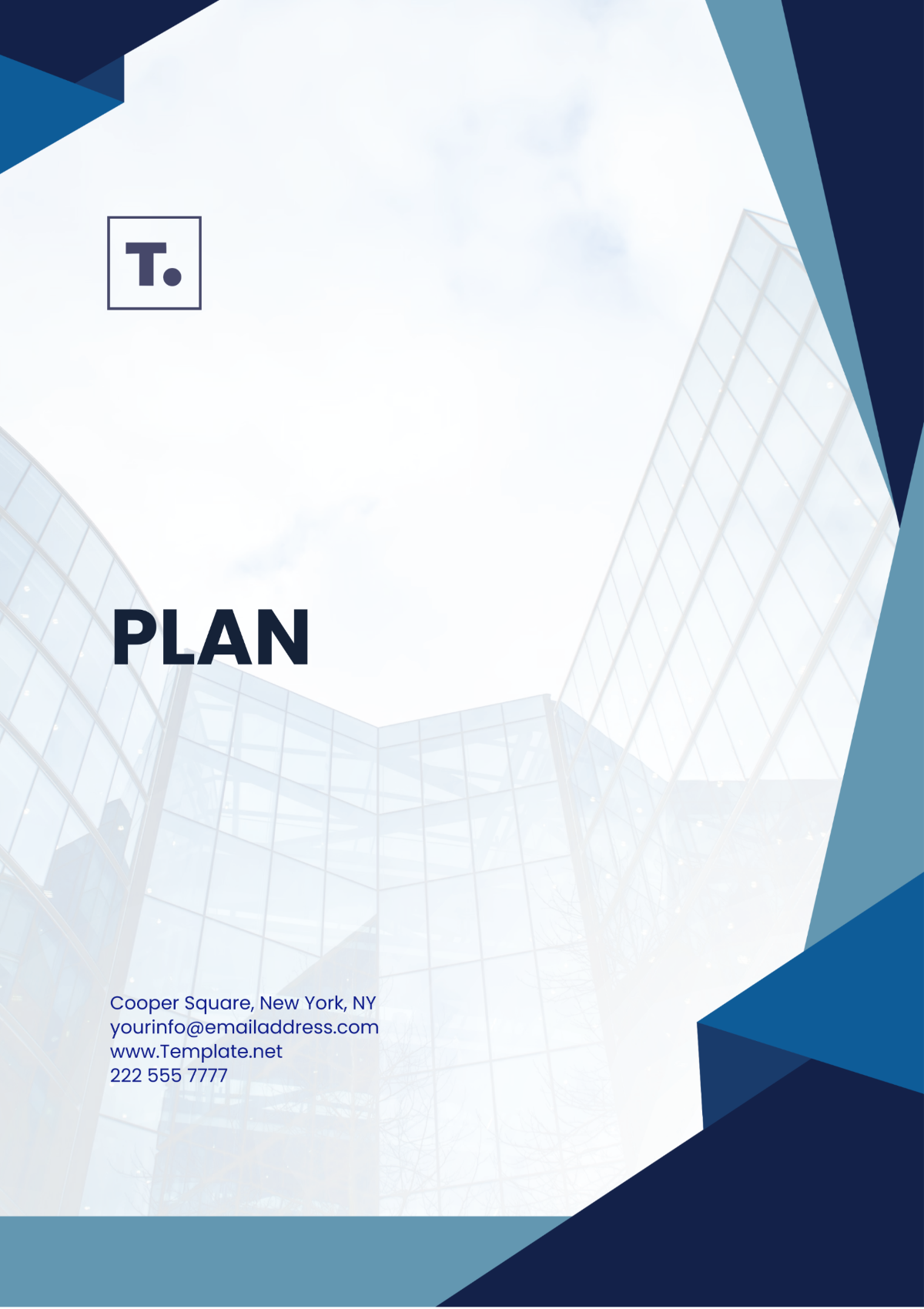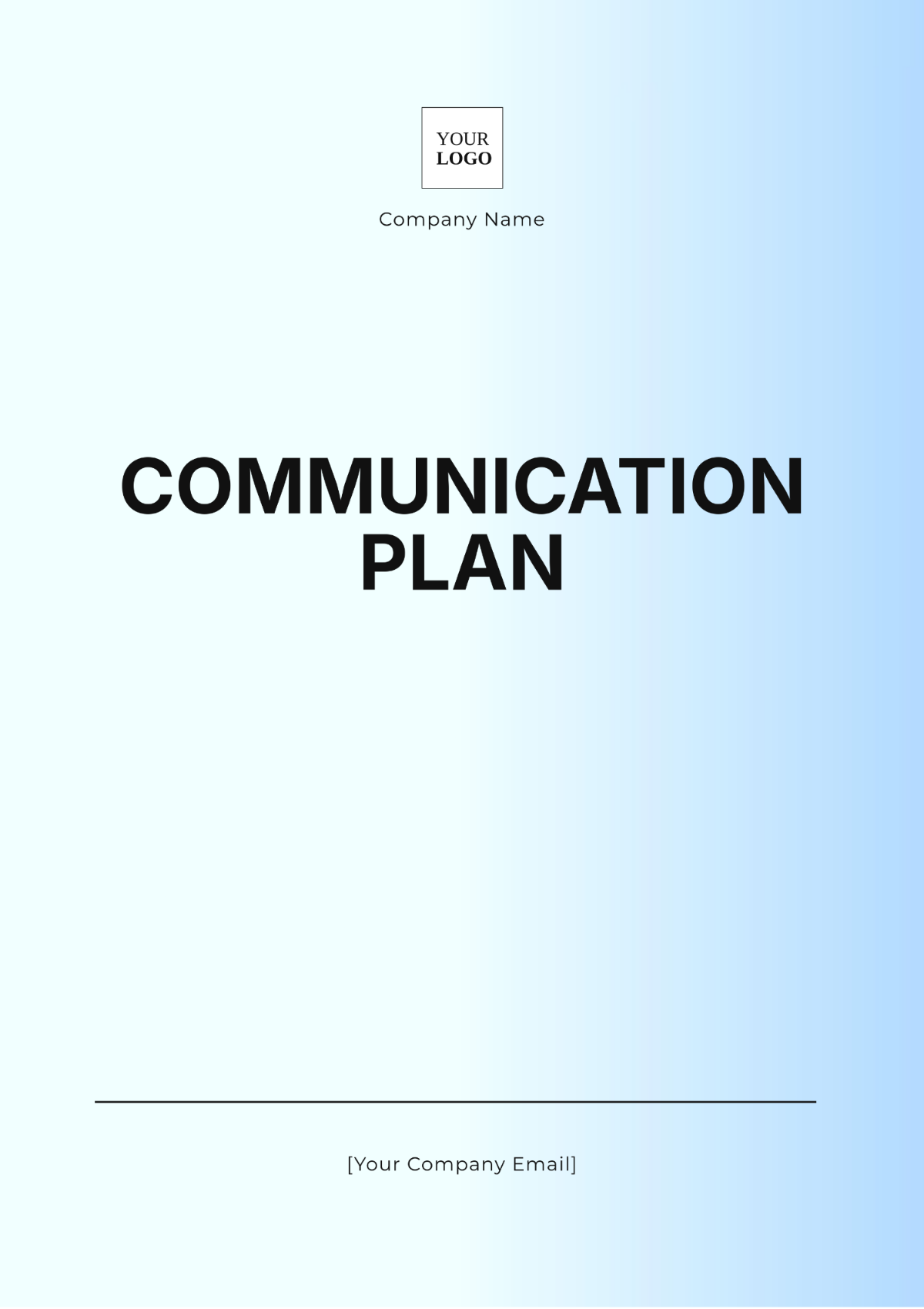Free Project Audit Quality Assurance Plan Template
Project Audit Quality Assurance Plan
Prepared by:
[Your Name]
[Your Company Name]
1. Introduction
The Project Audit Quality Assurance Plan (PAQAP) provides a comprehensive approach to ensure that project deliverables meet the specified quality standards and align with organizational goals. This plan establishes the guidelines, protocols, and benchmarks required for a thorough audit process, promoting transparency, consistency, and accountability. It details the audit scope, methodology, roles, and timelines, offering a clear roadmap for project quality assessment.
2. Objectives
The primary objectives of the Project Audit Quality Assurance Plan are to:
Ensure all project phases meet established quality standards.
Identify and mitigate potential risks that could affect project success.
Provide a framework for continuous improvement in project processes.
Establish accountability and foster stakeholder confidence through transparent auditing practices.
3. Scope
This plan applies to all phases of the project lifecycle, including:
Initiation: Assessment of project goals, feasibility, and alignment with organizational objectives.
Planning: Review of project planning documentation, resource allocation, risk management strategies, and timeline feasibility.
Execution: Monitoring deliverable progress, adherence to quality standards, and identification of any deviations.
Monitoring and Control: Evaluation of performance metrics, risk management measures, and quality control procedures.
Closure: Final assessment of deliverables, documentation, and knowledge transfer for future project improvements.
4. Audit Methodology
The audit methodology consists of a blend of qualitative and quantitative assessment techniques, tailored to the project's unique requirements.
4.1. Documentation Review
Verify the presence and completeness of key project documents (project charter, scope statement, etc.).
Assess alignment with organizational standards and regulatory requirements.
4.2. Process Observation
Conduct on-site or virtual reviews of project activities to ensure adherence to planned processes.
Evaluate team compliance with established quality practices.
4.3. Interviews and Surveys
Gather insights from project team members, stakeholders, and clients to assess satisfaction and identify areas of concern.
Use structured surveys to collect feedback on process efficiency and effectiveness.
4.4. Performance Metrics Analysis
Review key performance indicators (KPIs) and project metrics to evaluate progress.
Assess any deviations from baseline data and investigate root causes for variances.
5. Roles and Responsibilities
Role | Responsibility |
|---|---|
Project Manager | Ensures project documentation and processes meet quality standards, and liaises with the audit team. |
Quality Assurance Team | Conducts periodic reviews, prepares audit reports, and recommends corrective actions. |
Project Sponsor | Provides oversight, approves audit plan, and ensures resources are allocated for quality improvement measures. |
Audit Lead | Manages the audit process, coordinates with the project team, and oversees quality compliance verification. |
Project Team Members | Implement corrective actions and continuously adhere to quality protocols as identified in the audit process. |
6. Audit Schedule
The audit schedule outlines key milestones and checkpoints throughout the project lifecycle:
Phase | Activity | Timeline |
|---|---|---|
Initiation | Project charter and goals audit | Week 1 |
Planning | Documentation review and risk assessment | Weeks 2–3 |
Execution | Process observation and metric tracking | Bi-weekly |
Monitoring and Control | KPI analysis and stakeholder feedback | Monthly |
Closure | Final deliverables and process review | End of project |
7. Quality Standards
This project adheres to the following quality standards:
ISO 9001: Ensures processes follow internationally recognized quality management principles.
Organizational Quality Frameworks: Align with specific standards as defined by internal policies.
Client Requirements: Incorporates additional quality metrics based on client specifications and expectations.
8. Risk Management
Potential risks impacting quality will be identified early, and contingency plans will be established. Key risks include:
Resource Allocation Issues: Mitigated by proactive resource planning and availability tracking.
Process Deviations: Regular checks and root cause analysis help address any procedural issues.
Stakeholder Misalignment: Frequent communication and feedback loops ensure expectations are met.
9. Reporting and Documentation
9.1. Audit Reports
Audit findings will be documented in detailed reports after each major project phase.
Reports will highlight any discrepancies, recommend corrective actions, and track follow-up status.
9.2. Corrective Action Plan (CAP)
Any identified issues will lead to a Corrective Action Plan, detailing steps, timelines, and responsible parties to rectify them.
10. Continuous Improvement
Based on audit findings, continuous improvement measures will be suggested to refine the project’s quality framework. Recommendations will be shared with stakeholders for future projects to enhance quality and efficiency in project management practices.

















































